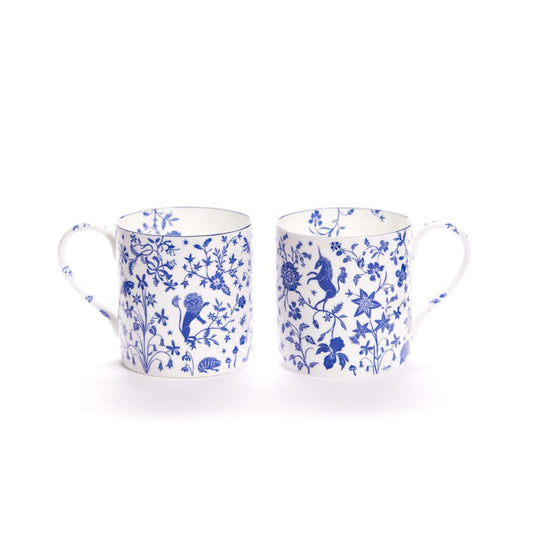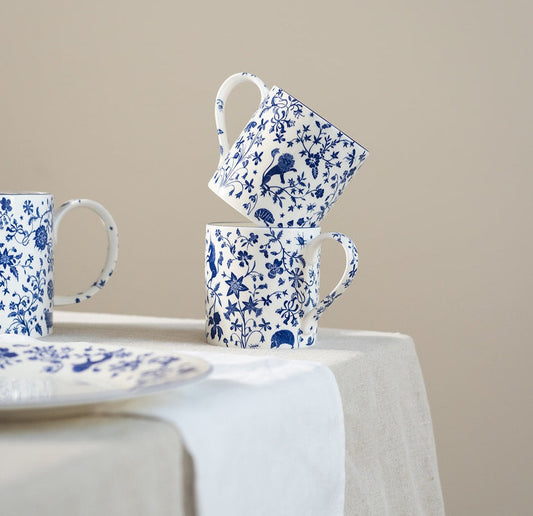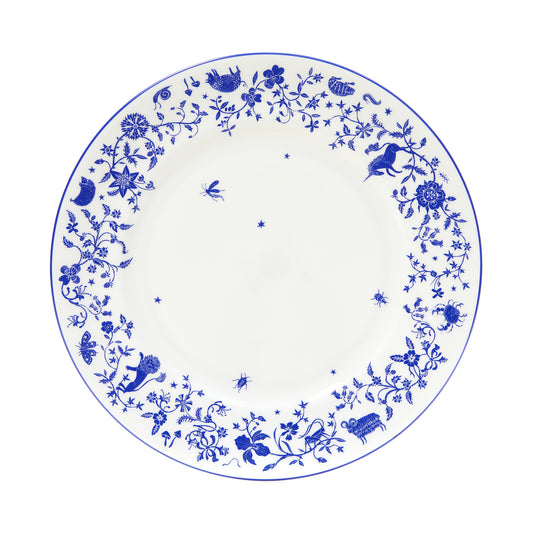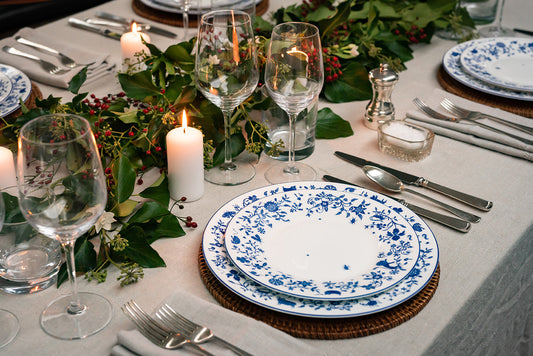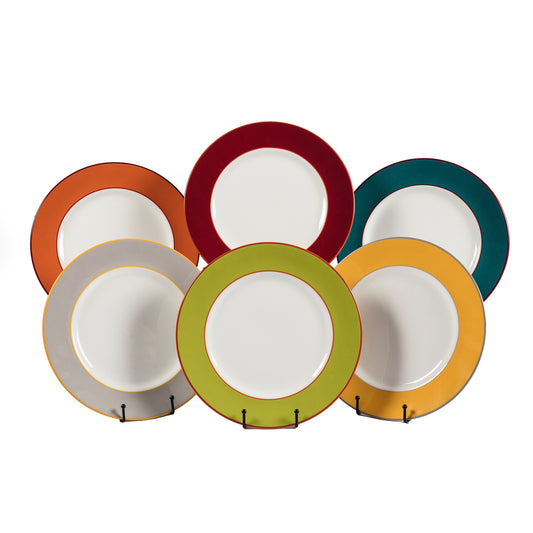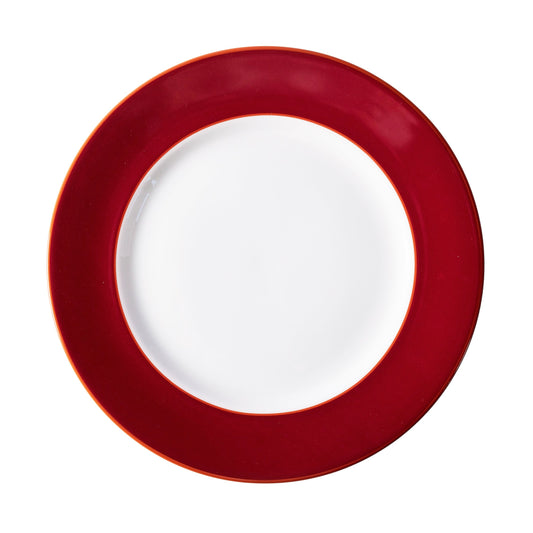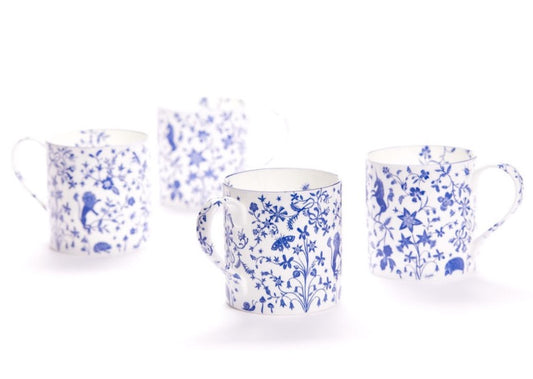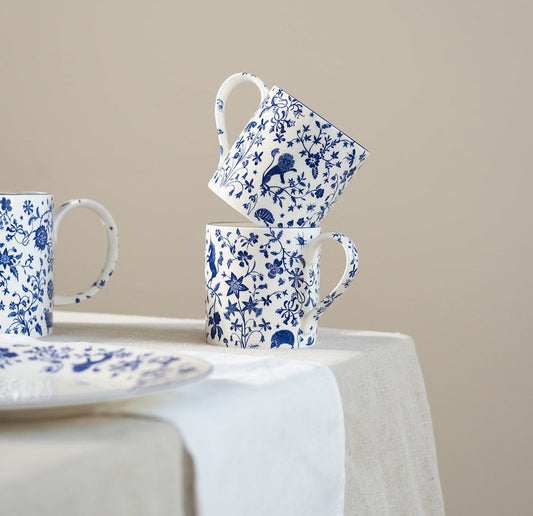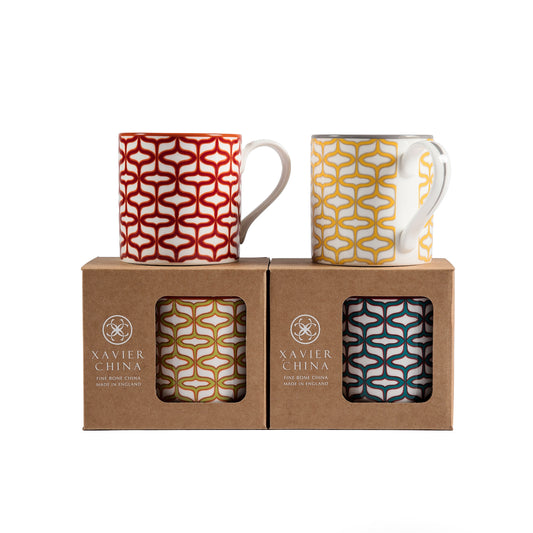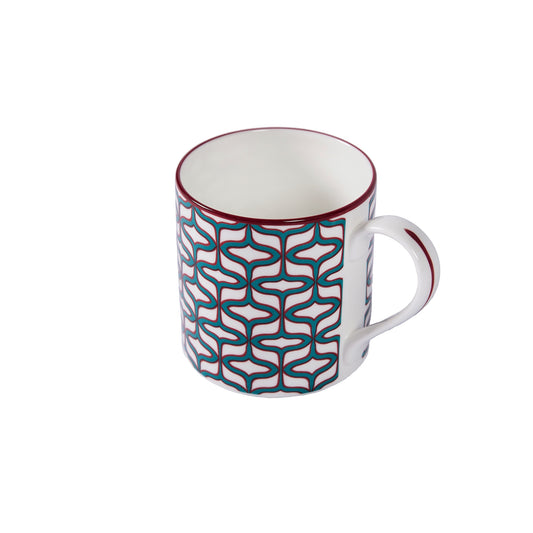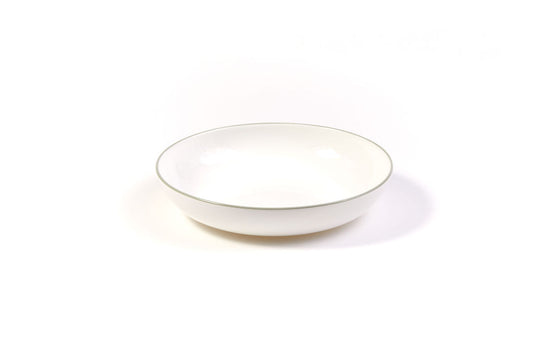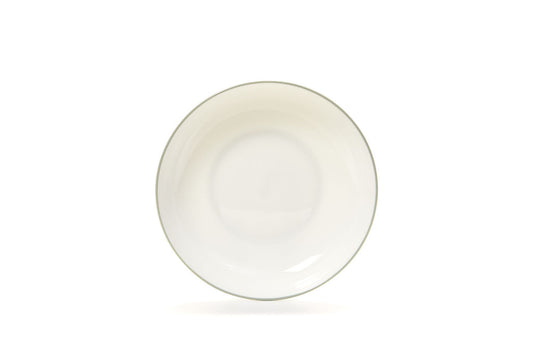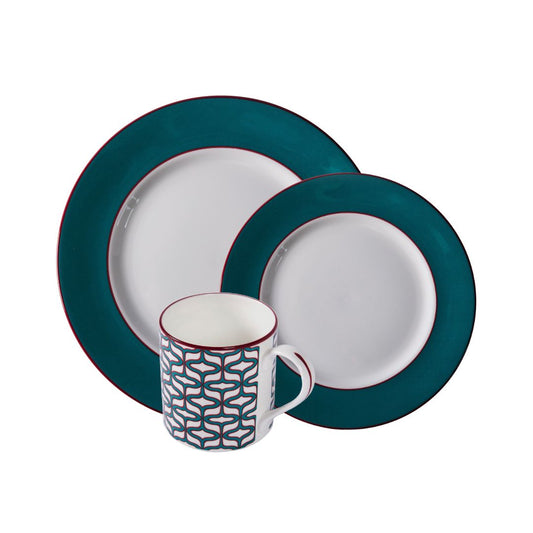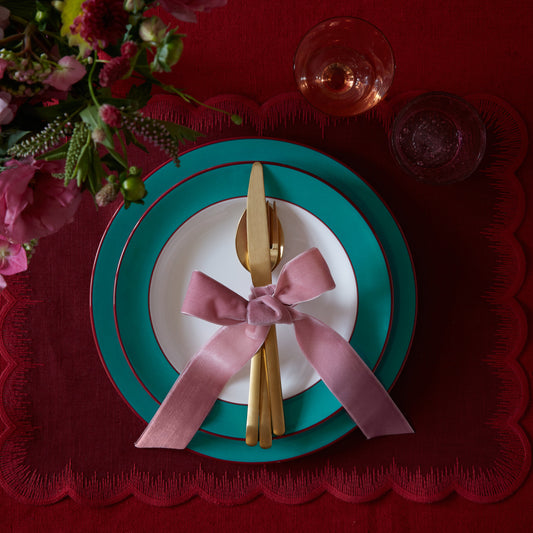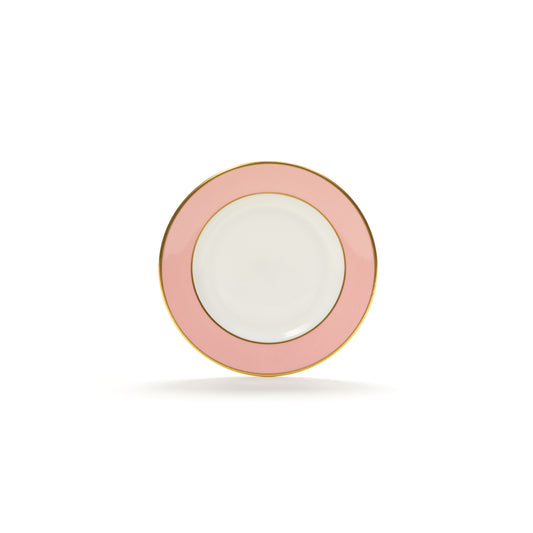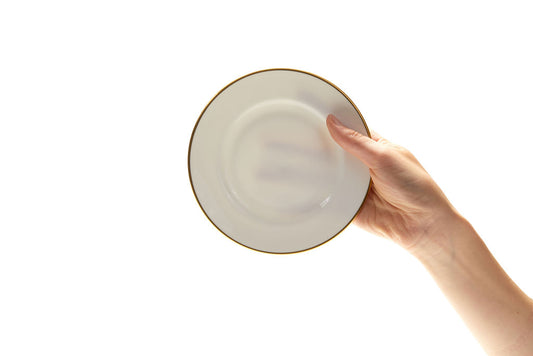The History of Fine Bone China: A British Craftsmanship Legacy
Fine bone china is one of Britain’s most iconic contributions to the world of luxury tableware. Known for its delicate appearance, exceptional strength, and timeless appeal, fine bone china has long been a favourite in homes, palaces, and collectors’ cabinets alike.
But how did this elegant ceramic come to be? In this article, we explore the origin and development of fine bone china in the UK, and why it remains a cherished choice for dinnerware, tea sets, and giftware today.

What is fine bone china?
Fine bone china is a type of porcelain that contains bone ash, which gives it a distinctive whiteness, translucency, and remarkable durability. The high bone ash content (typically around 40–50%) sets it apart from other types of porcelain and ceramic.
It is widely regarded as the highest quality ceramic for tableware, combining beauty and functionality like no other material.
Who invented fine bone china?
The invention of fine bone china is credited to Josiah Spode, a master potter based in Stoke-on-Trent, England—an area famously known as “The Potteries.”
In the 1790s, Spode refined a porcelain recipe that included bone ash, china clay (kaolin), and feldspar. This combination created a stronger yet more refined ceramic, with the delicate translucency reminiscent of Chinese porcelain but with greater durability for everyday use.
His innovation would revolutionize British ceramics and establish a legacy that continues to this day.
The rise of British bone china production
Following Spode’s breakthrough, other renowned British manufacturers—such as Royal Worcester, Wedgwood, and Royal Crown Derby—adopted and refined the process. By the 19th century, fine bone china had become a hallmark of British craftsmanship and luxury lifestyle.
Stoke-on-Trent became the epicentre of bone china production, where generations of artisans specialized in techniques such as:
- Slip casting and mould making
- Hand-painting and gilding
- Glazing and high-temperature kiln firing
These skills are still passed down today, helping preserve the rich heritage of British pottery.

Why fine bone china remains popular today
Fine bone china continues to be highly sought-after for both everyday dining and special occasions. Here’s why:
Elegance: Its smooth, ivory-white finish and light translucency elevate any table setting.
Durability: Despite its delicate appearance, bone china is chip-resistant and incredibly strong.
Timeless appeal: Suitable for both traditional and modern designs, bone china never goes out of style.
Gift-worthy: Bone china mugs, plates, and tea sets make elegant gifts for weddings, anniversaries, and birthdays.
Craftsmanship: When you buy fine bone china made in England, you’re supporting centuries of artisanal skill and heritage.
Fine bone china: a symbol of British craftsmanship
Today, fine bone china is enjoying a resurgence as people rediscover the value of quality, craftsmanship, and British-made goods. At Xavier Britain, we are proud to carry on this tradition, offering expertly crafted tableware that reflects both history and innovation.
Our collections combine the finest materials with contemporary British design—ideal for collectors, hosts, and gift-givers alike.
Shop fine bone china tableware made in England
Explore our beautifully illustrated dinner sets, teacups, saucers, and gift collections—handcrafted using traditional methods in England.

